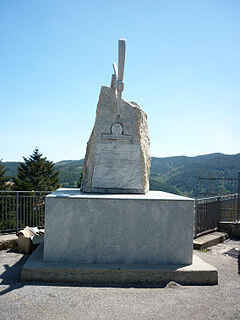Reason #10 - Mine Disaster Trail
May 28, 2014 Gillum House Bed & Breakfast: Reason # 10 to visit Gillum House is a bit different. West Virginia is a coal State. . It has been blessed (and cursed) with natural resources such as coal, gas, oil, and an abundance of beautiful hills (mountains). When you have coal mines, you have disasters. Many of the coal mine disasters in West Virginia have been the catalyst for mining legislation. The Farmington #9 Memorial holds a ceremony every November. Mines became much safer after the legislation sparked by this. The last man out of Farmington #9 alive, until his death from cancer, sat next to this innkeeper in the Shinnston Community Band. He willed his tuba to the Band. The disaster at Sago caused even more legislation for mine safety. Come do the Mine Trail in memory of those who performed a dangerous job and gave their lives to make life safer for those who would come after.#10 - Mine Disaster Trail – Approximately 6 miles north of Shinnston is the site of the worst mine disaster in the United States. On December 6, 1907 there was an explosion at the #6 and #8 mines of Fairmont Coal Company in Monongah. Although the “official” count was 367, there were many undocumented boys under the legal age of 10 in the mine. Only one man was rescued alive. In 2007, the town of San Giovanni in Fiore, Italy where many of the miner were from, presented this Monument to the Monongah Mining disaster on the 100th anniversary of the explosions.  The Katherine Mine, Lumberport March 25, 1944, Farmington #9 November 13, 1954, Clinchfield Coal Mine, Dola April 25, 1963, Farmington #9 November 30, 1968, and Sago at Tallmansville January 2, 2006 were also mine disasters in the Shinnston area..
The Katherine Mine, Lumberport March 25, 1944, Farmington #9 November 13, 1954, Clinchfield Coal Mine, Dola April 25, 1963, Farmington #9 November 30, 1968, and Sago at Tallmansville January 2, 2006 were also mine disasters in the Shinnston area..